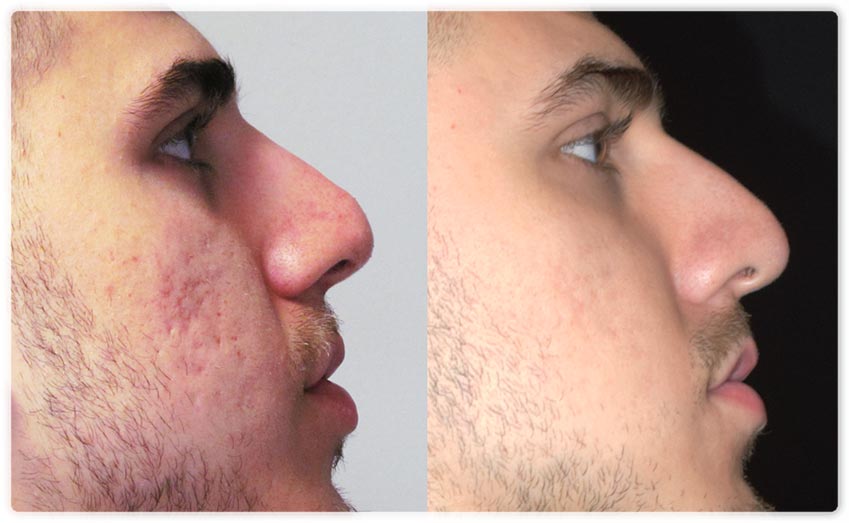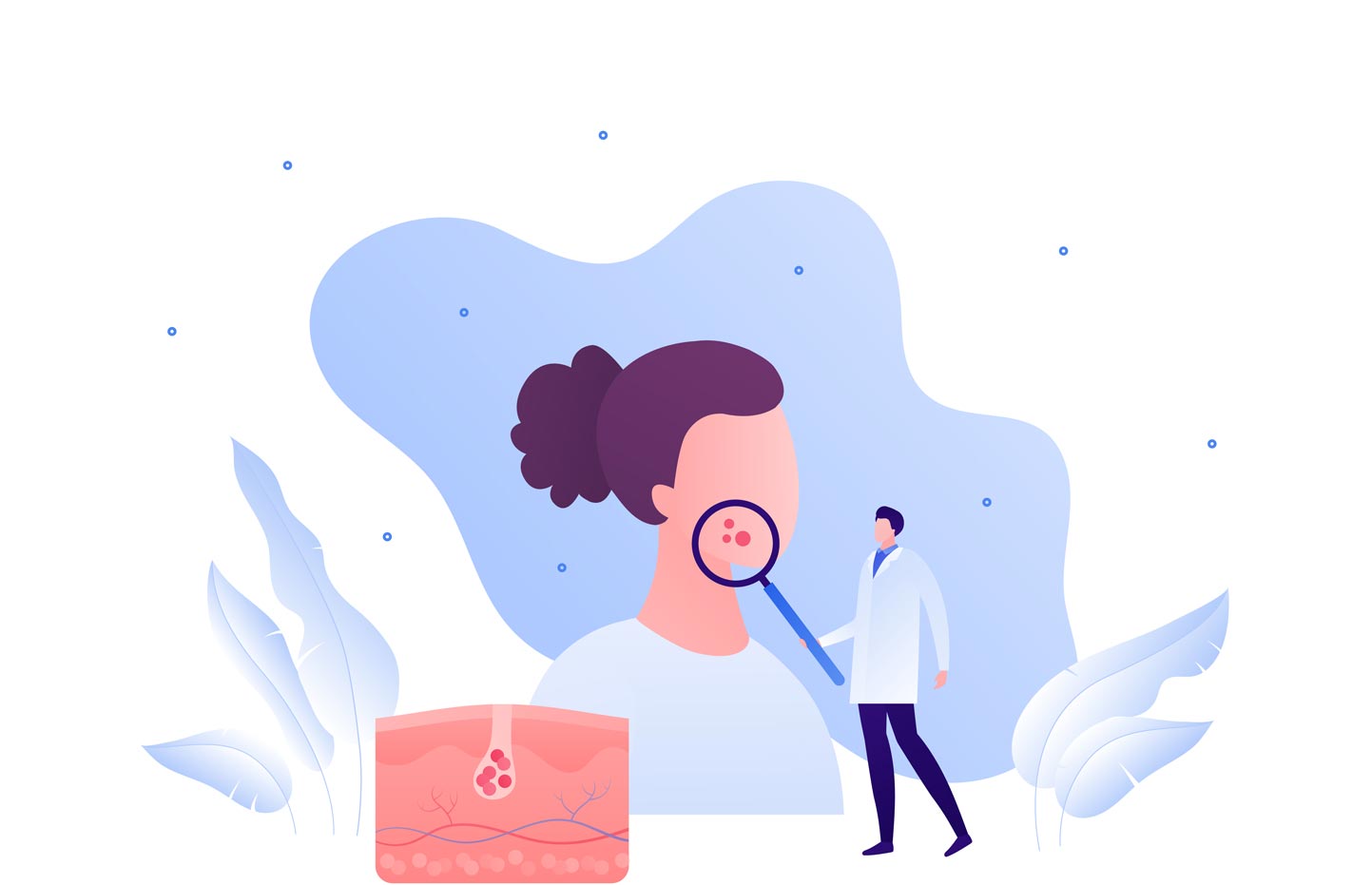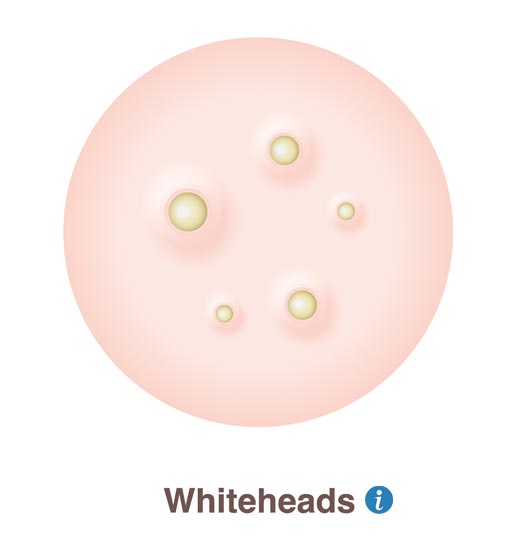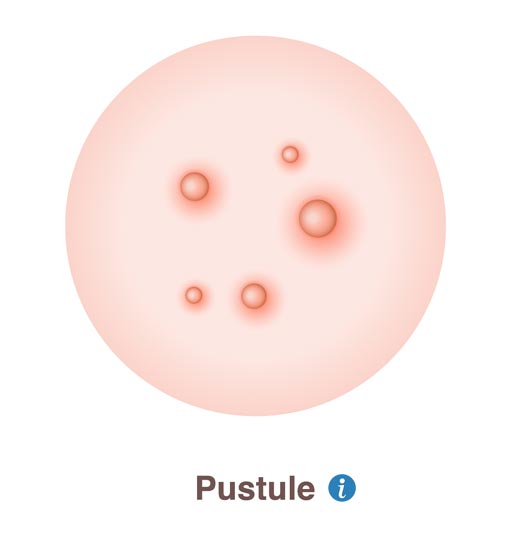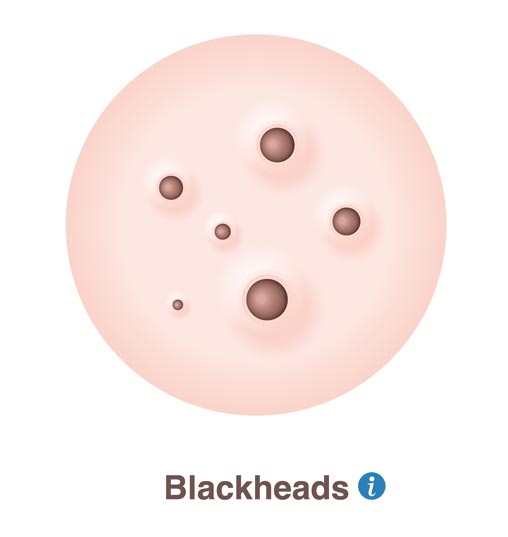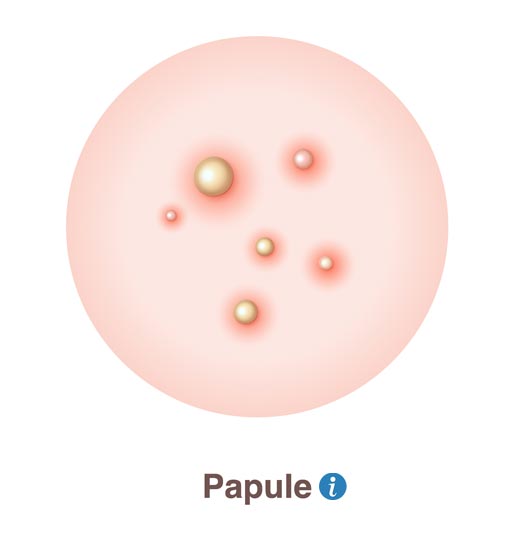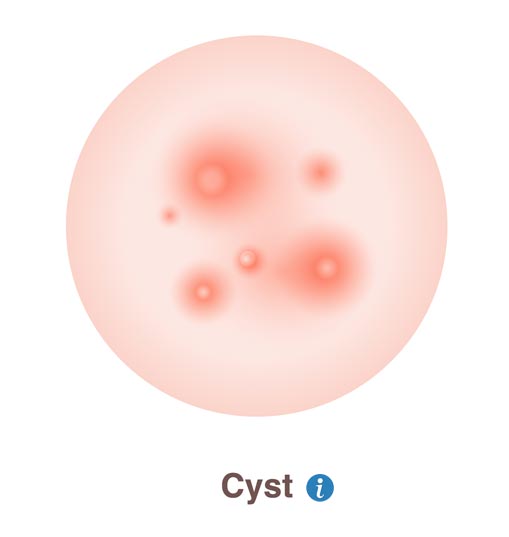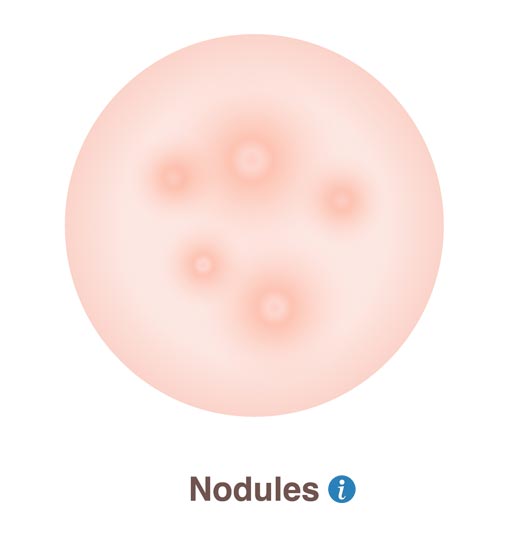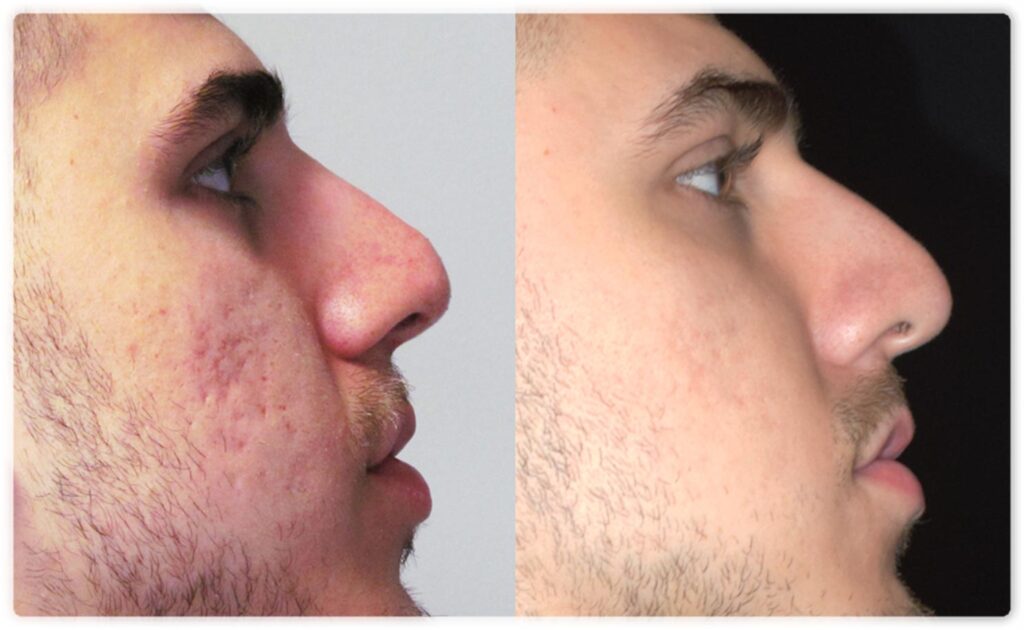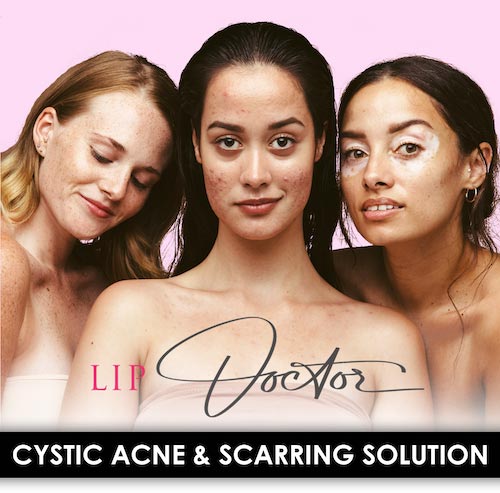
AviClear
CYSTIC ACNE & SCARRING SOLUTION

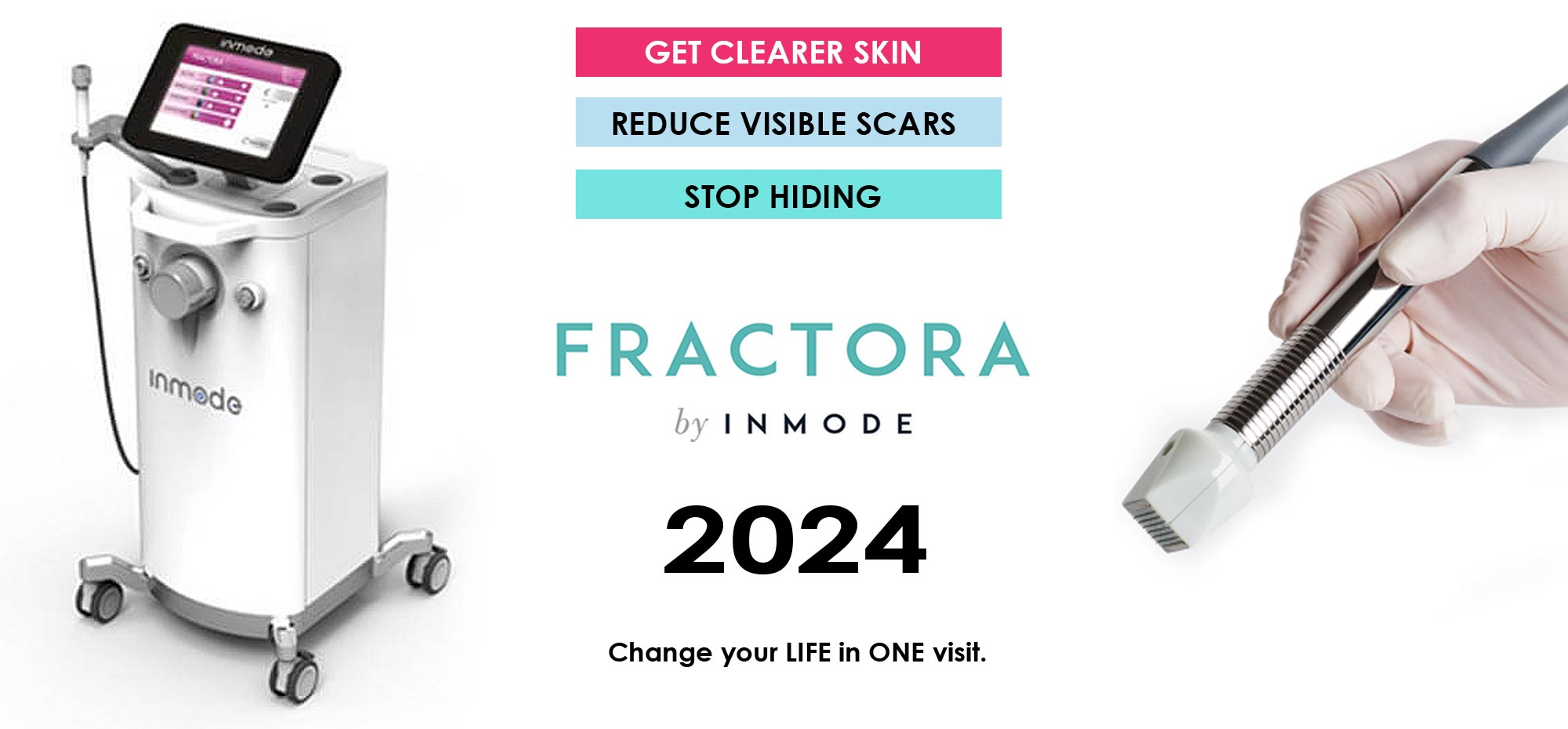
CYSTIC & ACTIVE ACNE
ACNE SCARRING REDUCTION
SKIN RESURFACING TECHNOLOGY
OUR SKIN EXPERTS
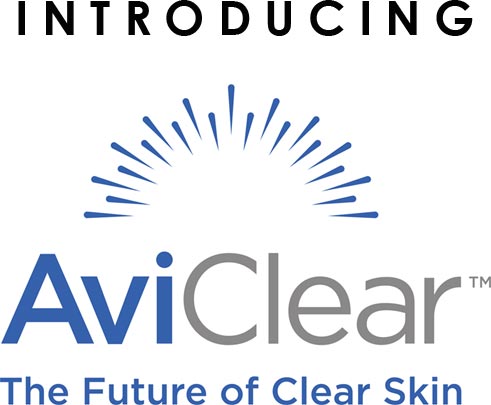
SEE BEFORE & AFTER RESULTS

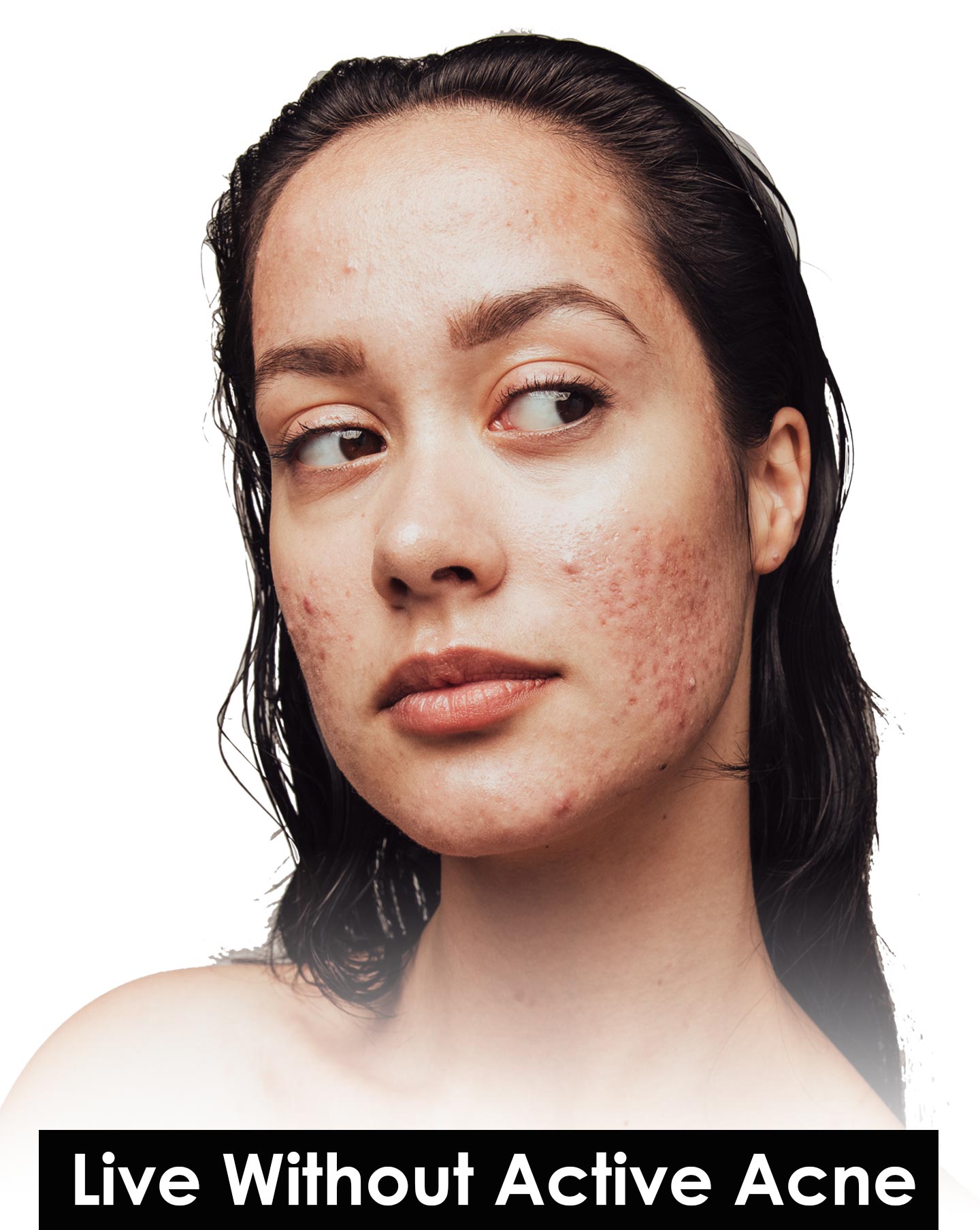

THE FIRST AND ONLY FDA-CLEARED ENERGY DEVICE
FOR THE TREATMENT OF MILD TO SEVERE ACNE.
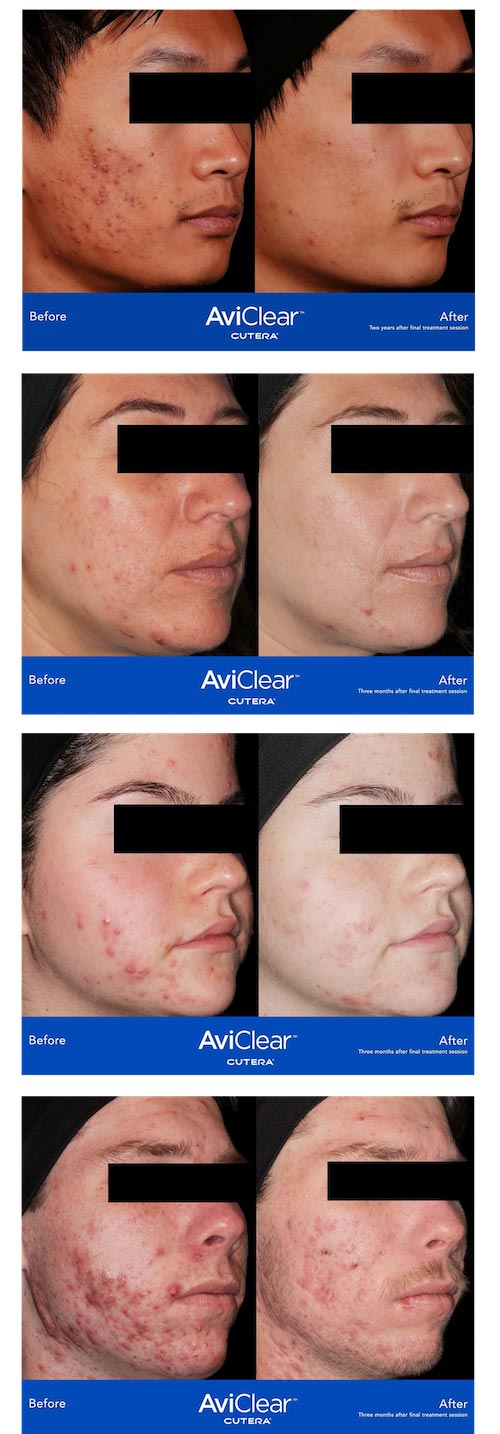
Change your life in one visit
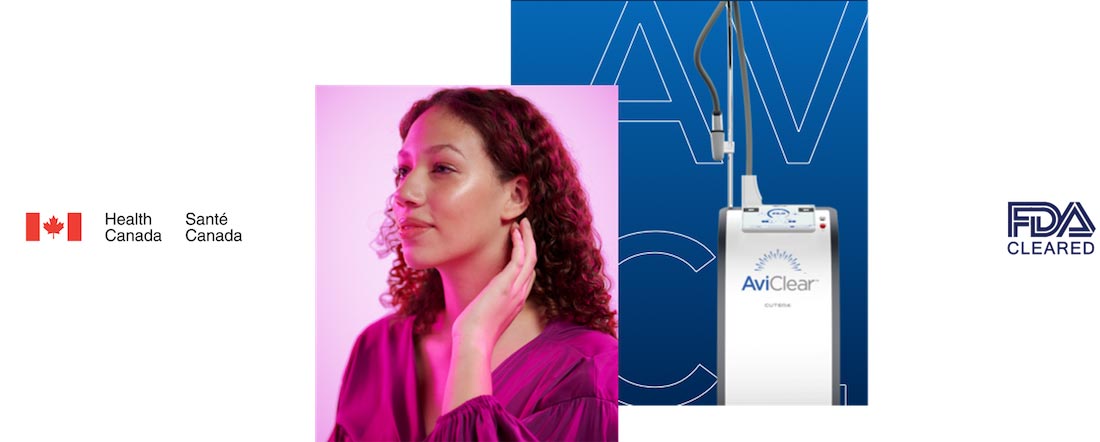
Significantly Eliminates Acne in
JUST 3 QUICK TREATMENTS

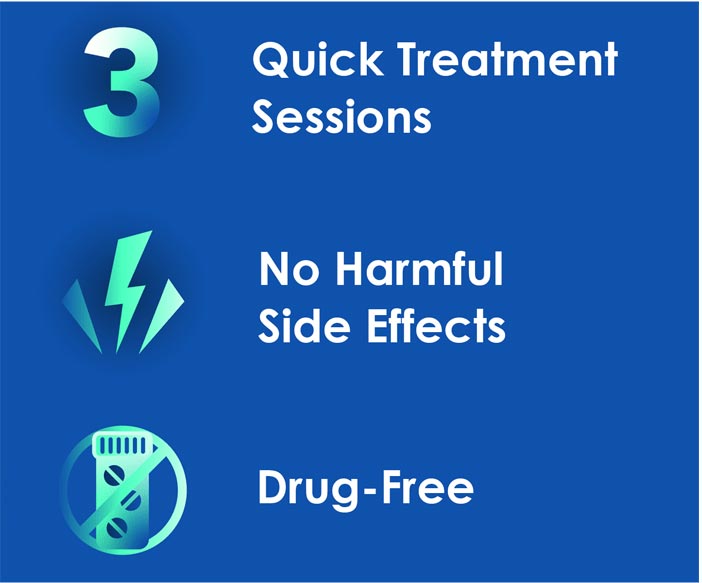
Treat Acne at its Source
AviClear uses the power of laser light to selectively target and suppress the activity of the sebaceous glands, eliminating acne at its source without the need for additional prescription medications that may have serious side effects.
In clinical studies, 91% of patients responded to treatment and 80% saw at least half of their acne clear. The results may continue to improve with time – even several months after your treatment sessions are finished.
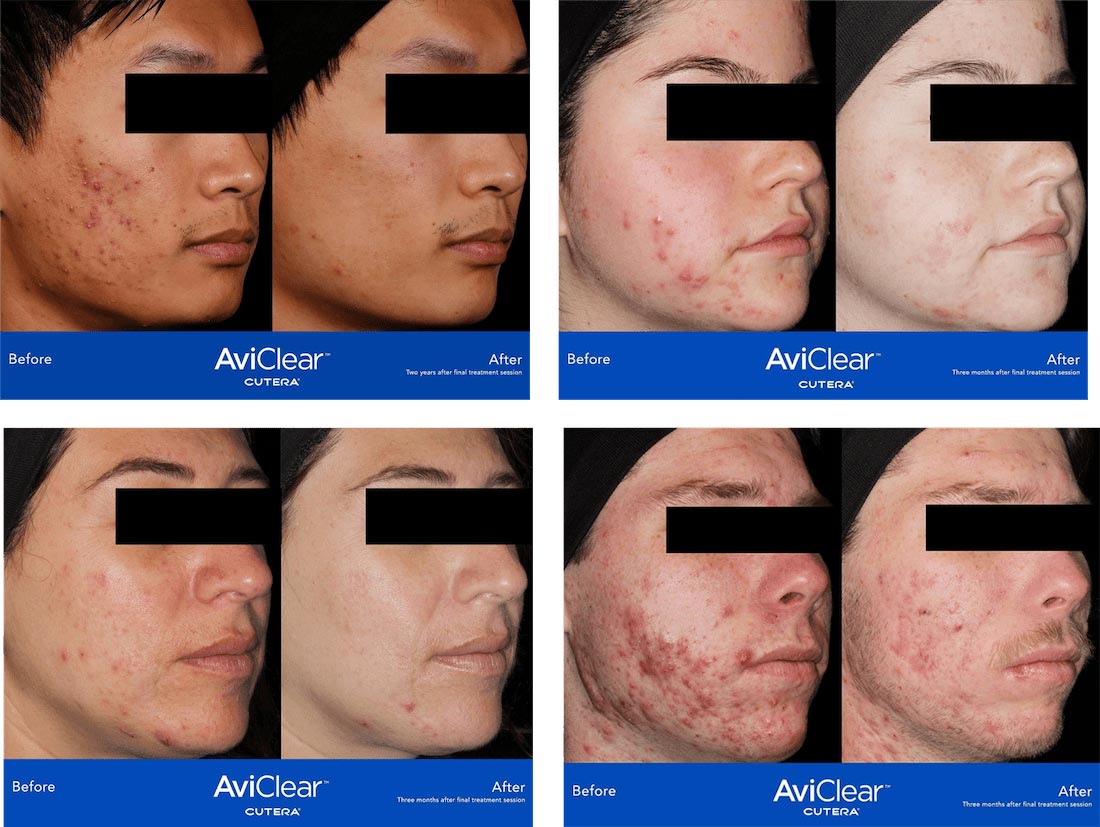



AviClear uses technology and innovation to reimagine how acne is treated. AviClear is the only acne treatment that is engineered with a revolutionary 1726 nm wavelength laser for all skin types. It selectively targets and suppresses sebaceous glands, eliminating acne at the source.
Change your life in one visit

Aiden shares his Aviclear story
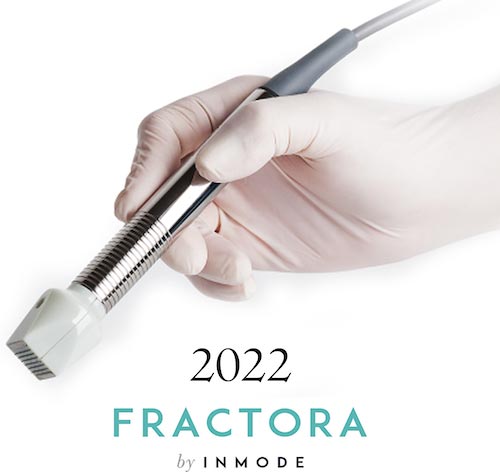
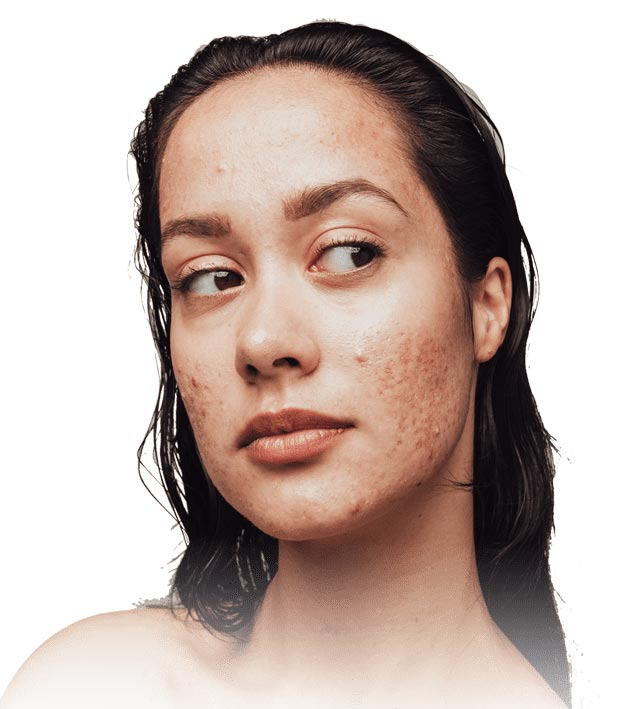
Live Without Active Acne
WHAT WOULD A LIFE WITHOUT CYSTIC ACNE AND CLEARER SKIN MEAN TO YOU?
Acne is a common skin problem across age groups, affecting almost 80% of the population, 4 out of five individuals.There are numerous treatments available today to treat acne, including retinol, chemical peels, antibiotics, and lasers. Lip Doctor, under the medical supervision of Dr. Neel Bector, offers remarkable procedure results for active acne, acne scarring and rosacea. Our clinic provides multiple modality-based treatment methods that are explicitly combined to improve moderate to severe active acne and minimize acne scarring. Our treatment protocols target and suppress the overactive oil glands (sebaceous glands) that, with the addition of dead cells and bacteria, are primarily responsible for causing acne under the skin surface.
Fractora works specifically by delivering RF energy to the various layers of the skin through a collection of pins. These pins produce localized heat and reduce the oil-producing glands’ activity. The pins in the sub-dermal layer of tissue encourage collagen production and restructuring, promoting skin rejuvenation, scar healing, and improved overall tone and texture.
See Before & After Results.
WHAT WOULD A LIFE WITHOUT CYSTIC ACNE AND CLEARER SKIN MEAN TO YOU?
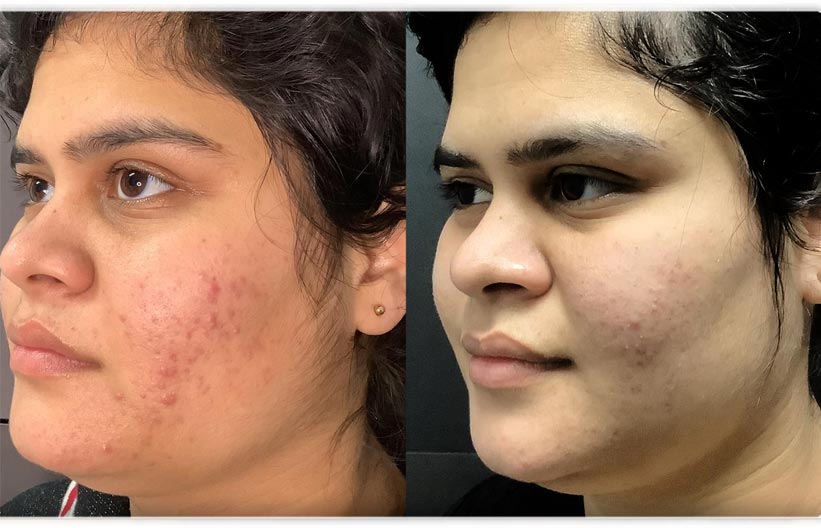
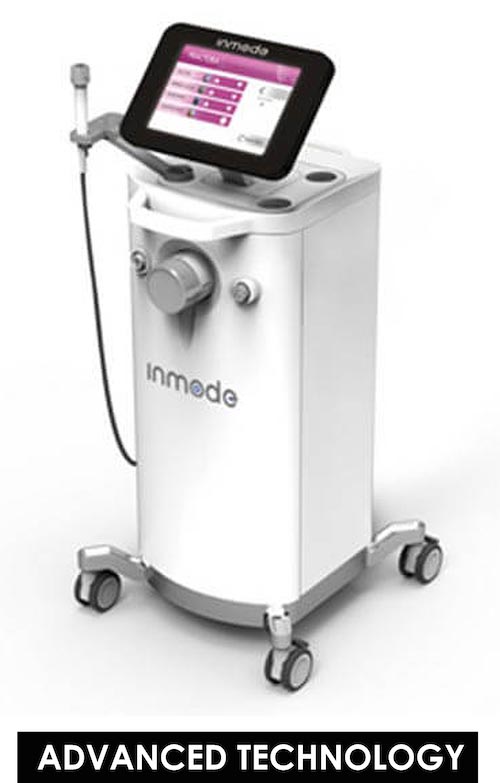
ADVANCED TECHNOLOGY
Our treatments use a multiple-pronged approach that creates a beautiful final result. Most of our skin treatments start with the Fractora from Inmode. Fractora uses radio frequency (RF) based technology that produces heat in the different skin layers, reducing the oil glands’ activity while simultaneously stimulating collagen production. Fractora is unique in its ability to target oil glands while safe for all skin tones and textures.
This treatment device is both Health Canada and FDA approved, with numerous medical, evidence-based
ADVANTAGES

RF waves cause damage to the overactive oil-producing glands that cause acne.

The Fractora device uses heat and micro-needling to initiate collagen stimulation that improves the appearance of acne scars long-term.

Health Canada approved with numerous studies show stunning, long-term results.

Safe to use on all skin types and tones
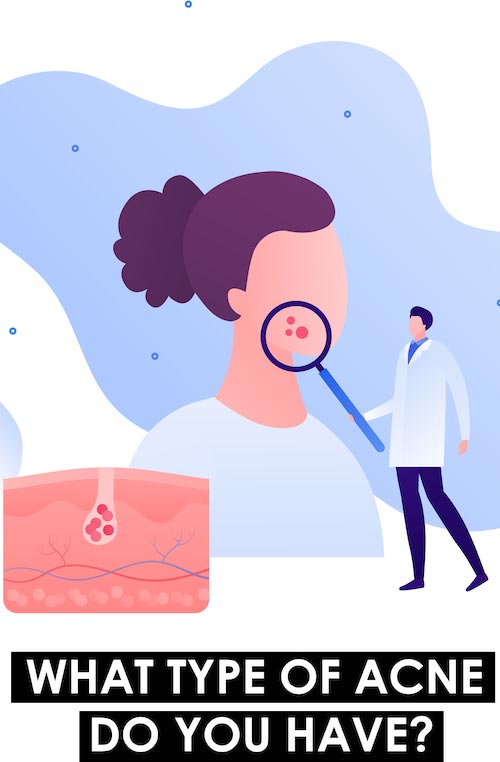
Come in for a complimentary skin consultation so that you can ask us any questions you may have and get a proper evaluation and a recommended treatment plan.
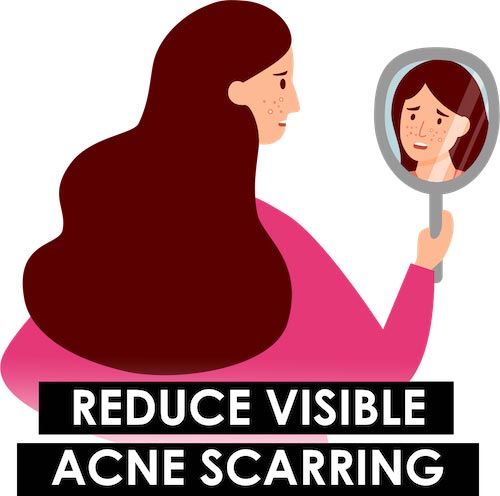
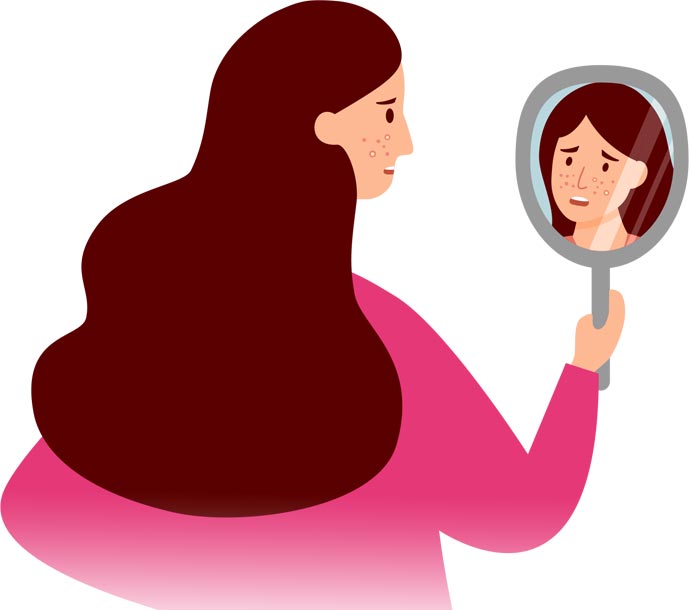
REDUCE VISIBLE ACNE SCARRING
WHAT IS ACNE SCARRING AND WHY DOESNT IT GO AWAY?

An acne scar is formed when pimples become inflamed, resulting in scarring. Acne pores expand, and the wall of the pore breaks down. Acne lesions that leave only shallow scars tend to heal more quickly. However, blemishes can leave more prominent spots if their contents leak into the surrounding tissue. The body produces collagen fibres to combat and heal acne scarring.
CAUSES OF ACNE SCARS
The human skin is the largest organ in the body, and the epidermis, dermis, and hypodermis are the three layers of the skin. These layers shield delicate internal organs from the environment, including UV rays and bacteria, and contribute to vitamin D absorption. However, acne can appear on the face, back, and chest because of sebaceous glands in those areas. The human body produces collagen to protect and heal the infected or lesions on the skin. Acne scars that don’t match the surrounding skin’s colour and texture are caused by an imbalance in the collagen synthesis process. Several factors can influence the acne scars, such as family genetics, inflammation, delays in acne treatment, and severe skin problems.

With the help of tiny pins, the Fractora device uses radiofrequency waves to resurface the skin, stimulating collagen production while also improving the look and feel of the skin. It has proven effective for skin concerns like pimples, acne scars, and age-related wrinkles. Many practitioners also recommend Fractora for facial and neck improvement.
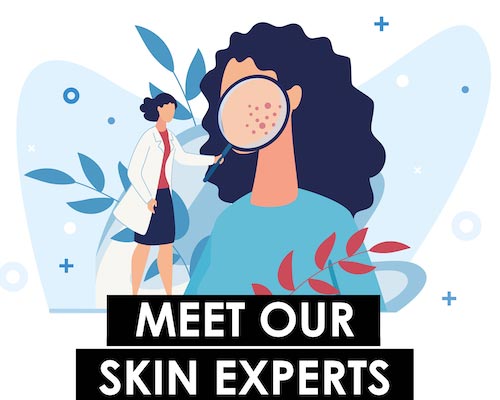
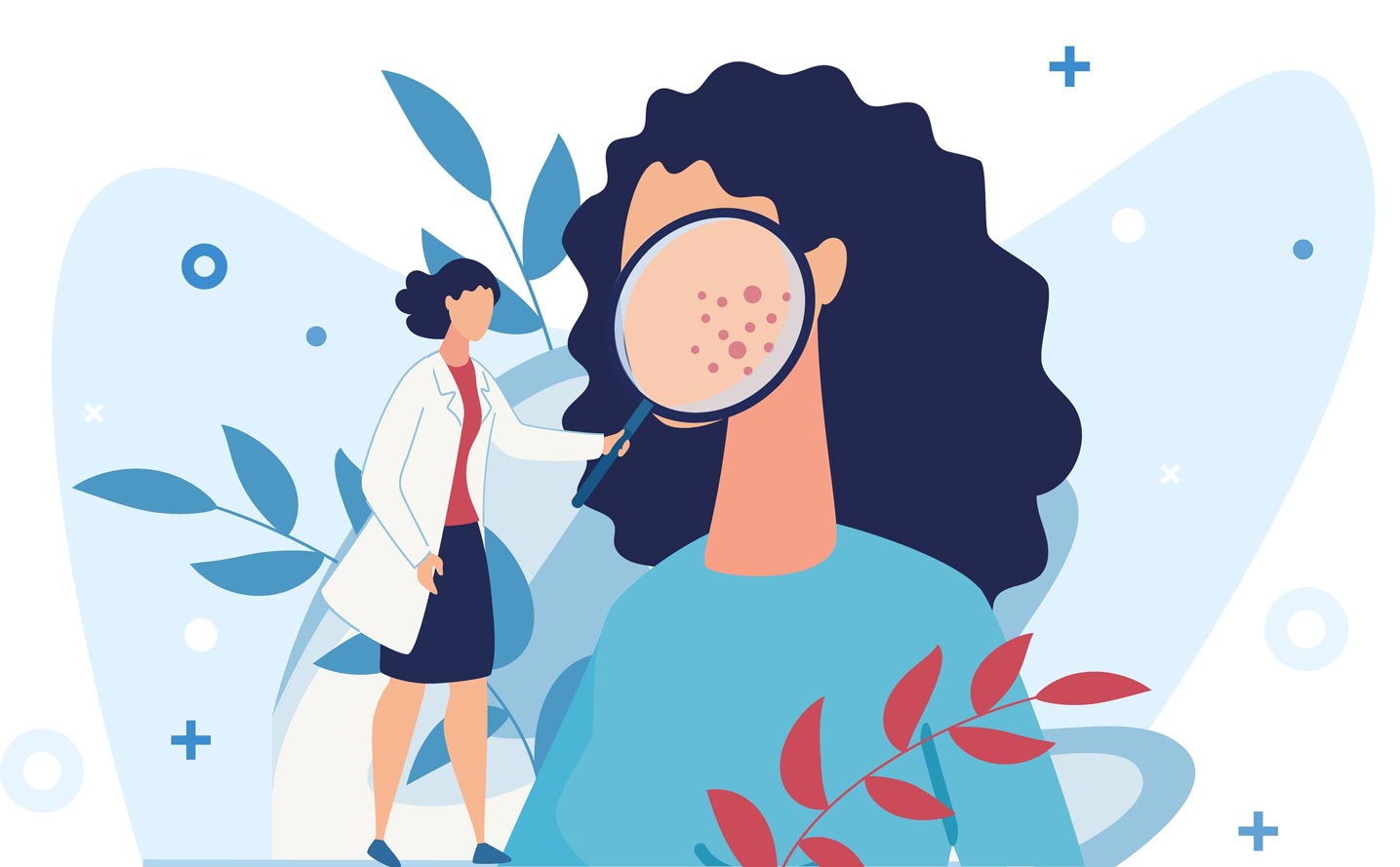
MEET OUR SKIN EXPERTS

Hayam Rozik
Skin Specialist, Medical Esthetician
Hayam brings a unique blend of expertise to the cosmetic space. She has a pharmacy degree from the University of Alexandria in Egypt, this coupled with her incredible knowledge of medical grade skincare products and treatments makes her a miracle worker when it comes to amazing skin results!
The backbone of her treatment methodology is her ability to personalize skin solutions specifically for the client in front of her. Her wealth of knowledge around how various medical products and treatments work means that she is able to take the guess work out of skin treatments. Her methods are both fully customized and creative in their approach.
Hayam is driven by the desire to provide each and every client with tangible, visible results. She is a perfectionist and has no problem using multiple methods and treatment protocols to create the results her clients desire. For clients that want a truly personalized approach – Hayam is exactly who they are looking for.
As a person Hayam is a great listener who gains great satisfaction from helping others feel confident about themselves – her clients describer her as warm and caring.
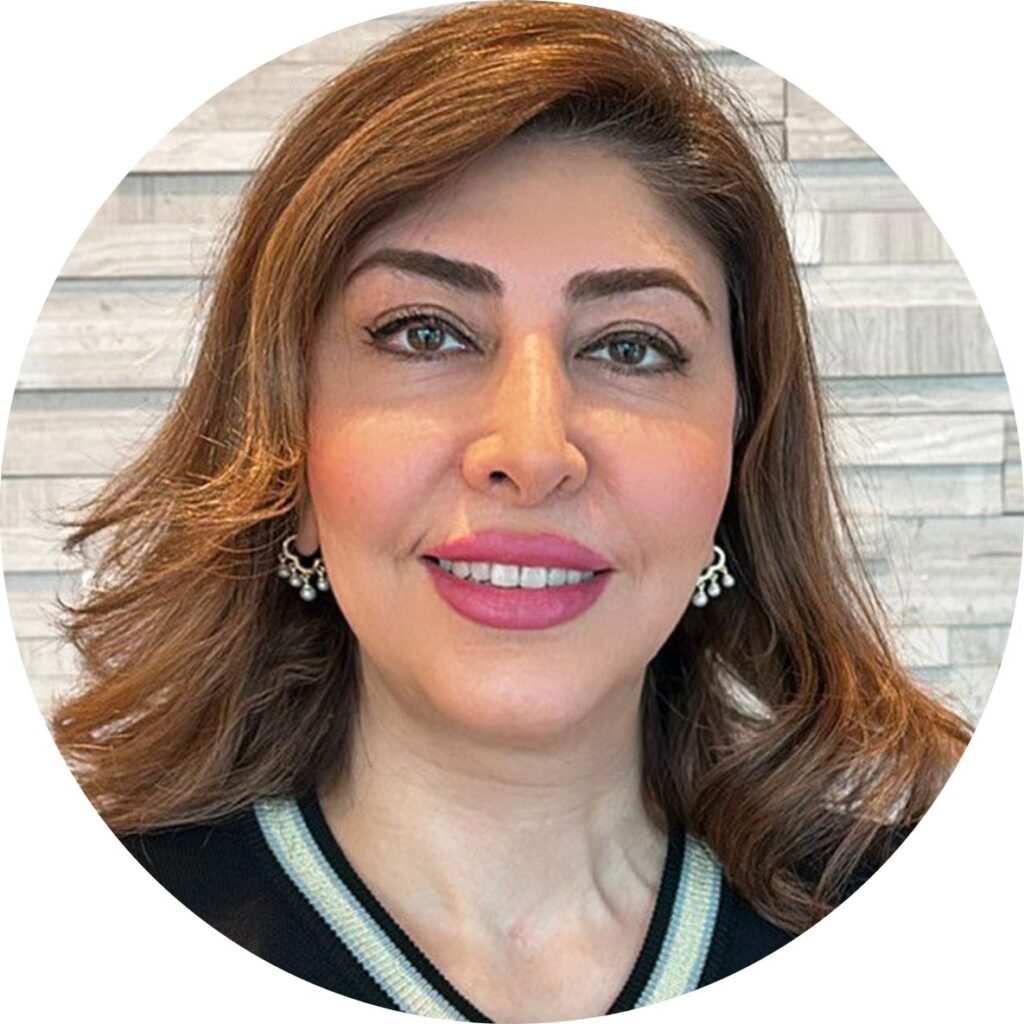
Mahnaz Salari
Skin Specialist, Medical Esthetician
Mahnaz became a medical doctor after attending Iran Medicine University for anesthesiology and practiced medicine for 10 years afterwards in her home country of Iran. Upon coming to Canada she attended Bryan College for medical aesthetics, as a foreign trained doctor, and graduated with an honours certificate acknowledging her strong medical knowledge and background.
She is an invaluable member of the Lip Doctor team and works hand-in-hand with Dr. Bector to ensure that client safety, comfort and desired results all exceed expectations.
Her details knowledge of the body and the skin allow her to perform multiple modality based treatments on clients looking to address acne scaring, pigmentation, laxity and volume loss with great precision.
Her clients and team alike describe her as sincere, sweet and exceptional when it comes to ongoing learning and client care.
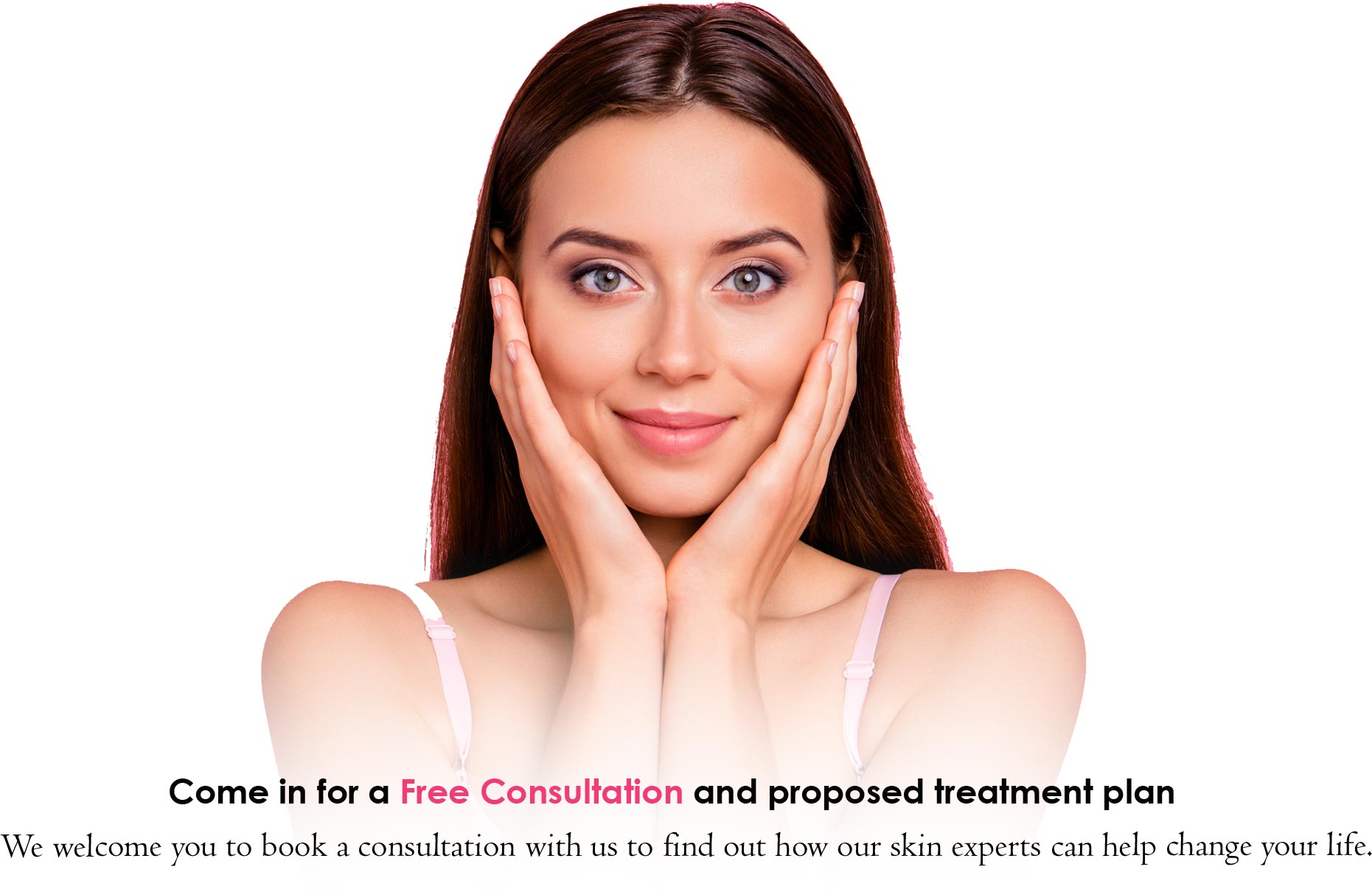
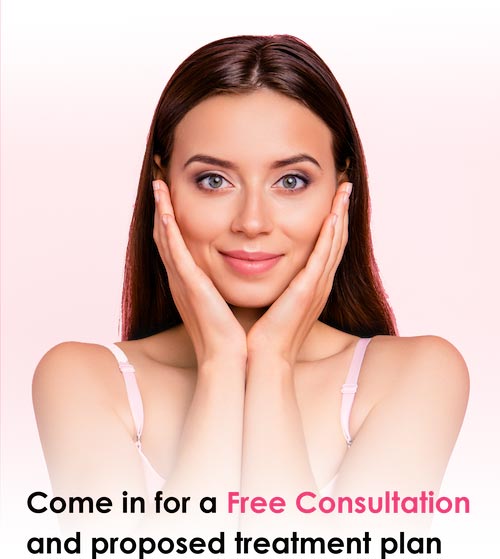
We welcome you to book a consultation with us to find out how our skin experts can help change your life



